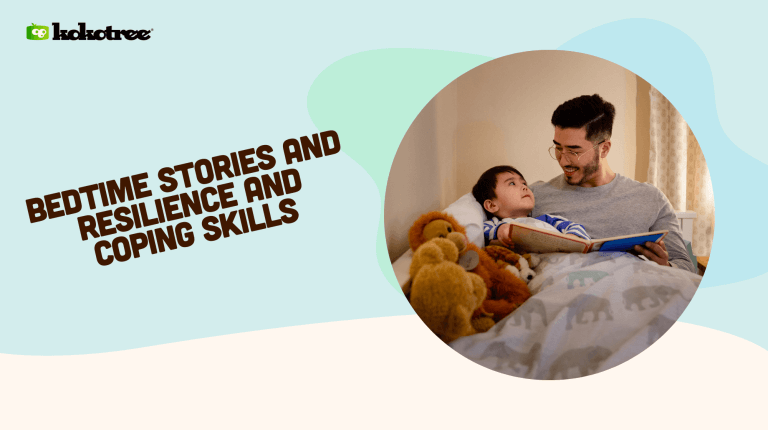

Every night, countless parents around the world sit down beside their children’s beds, opening a book and diving into a world of imagination and wonder. These cherished moments, often seen as a simple bedtime ritual, carry a profound impact. Not only do bedtime stories transport kids to magical realms, but they also offer tangible benefits in helping children develop essential coping skills.
Every child, no matter how young, faces challenges. Life is full of small yet significant hurdles, from sharing toys to facing the dark.
What are Coping Skills?
Coping skills are the strategies and mechanisms kids employ to navigate stressors, be it emotional, social, or physical. It helps them bounce back, process emotions, and face another day with renewed vigor.
Importance in Development
Developing healthy coping skills sets the foundation for resilience, emotional intelligence, and overall well-being in later life.
Challenges and Coping
Whether it’s anxiety from a new environment or sadness from a fallen ice cream cone, kids employ their coping skills, often without realizing it, to navigate these situations.
Selecting age-appropriate stories that resonate with your child is vital. Here are some tips:
From classics to contemporary gems, here’s a curated list of stories:
These selections offer a range of themes and coping mechanisms, helping children navigate the vast spectrum of their emotions and challenges.
Make the most of storytime:
Stories are just the beginning. Reinforce their lessons with:
The world of bedtime stories offers more than just entertainment. These nightly tales are tools, subtly shaping our children’s emotional landscape, teaching them to face challenges head-on, and navigate the intricate tapestry of emotions. So, the next time you open a book at bedtime, know that you’re not just sharing a story – you’re laying the foundation for a resilient, emotionally intelligent individual.




